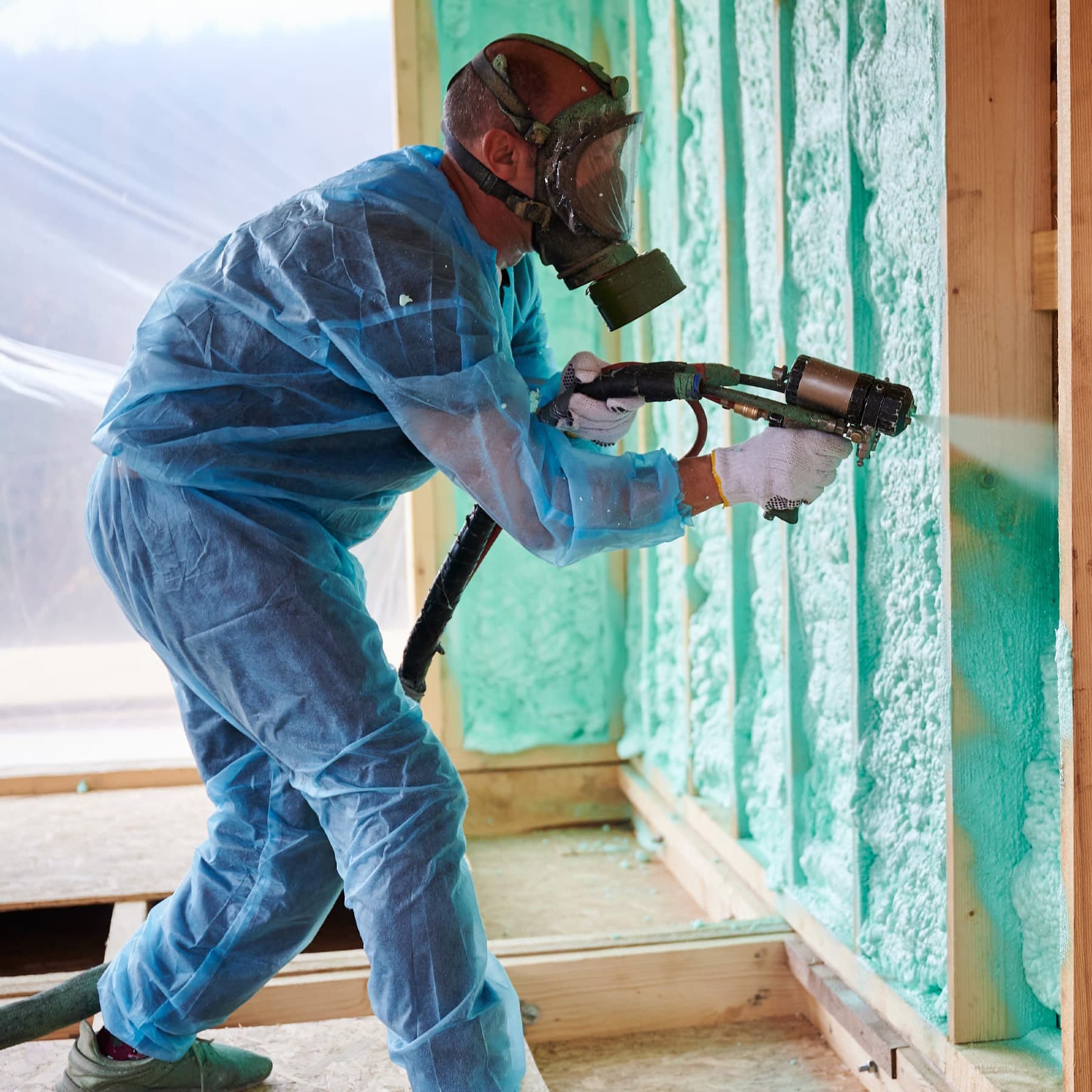Pre Completion Testing
Pre Completion Testing & Pre Completion Testing Regulations
What is pre completion testing?
With space a commodity, not just in London, but for most of the UK, there has been a rise in the development of high density building projects - given the increase in population. As a result, Sound Resistance Regulations or Pre Completion Testing Regulations have come into force in order to manage the level of noise and help reduce the number of noise related problems encountered within housing developments. All intended to help make life better for everyone. Nobody likes to live next to noisy neighbours and so pre completion testing aids in counteracting the potential of noise transference.
Tell me more about pre completion testing. What’s involved?
Essentially there are two sound tests which are performed. One which measures airborne sound and another which monitors impact sound. Each of which are carried out on floors and walls in separate dwellings.
Do I need to run many pre completion tests?
There are strict regulations around pre completion tests, as you might expect. 1 entire dwelling will need to be monitored and tested within any building containing 10 dwellings.
So for every run of 10, 1 will be tested. Once inside the number of pre completion tests will vary according to how many floors and walls are adjoining other dwellings.
Say a range of floor and wall materials have been used... then each one will need to be tested. Pre completion sound tests in a standard apartment block will feature 6 individual tests - 2 horizontal airborne tests (on separating walls)2 impact tests (living room and bedroom), 2 vertical airborne tests (on separating floors). If it’s a terraced house which needs pre completion testing then you’ll only need 2 tests - airborne pre completion tests on any separating walls.
How do you know how many dwellings need testing?
It all depends on how many are attached really. You reach the testing figure by dividing the total number of adjacent habitats by 10. Then you round it up to the nearest 1. For 2 adjacent dwellings that would be 1 for instance.
And what about rooms? Which need testing?....
It’s essential with pre-completion testing, that the main living areas are tested wherever possible - such as bedroom and living spaces. In most cases your building control officer will let you know which areas need to be tested.
What happens during pre-completion testing?
A, Using sound monitors and loudspeakers, the airborne noise levels are tested. A loudpeaker is placed in one room, and then in the adjoining room, the amount of noise conducted is measured. Specialist acoustic measuring will determine the sound reduction of the partition wall.
B. Impact tests are carried out on floors in adjoining habitats. Designed to emulate people walking on floors a ‘tapping’ machine taps on the floor and then the sound emitted is then monitored. The taps are conducted in the ‘source’ room and then the sound monitored in the ‘receiving’ room. Acoustic measurements will then help determine the value of impact sound in the dwelling.
When does pre-competion testing happen...
May sound like a silly question given the name of the test, but, just to be clear, pre-completion testing should be completed before the building is totally furnished. Complete, but unfurnished. Walls and floors should be sealed, however second fixings aren’t necessary. Where a carpet is part of the floor itself. ie. a concrete based with cushioing cover, then it is allowed. In all other circumstances carpet must not be laid.
A quiet site is needed ideally...
There are a number of things needed of the test site...
- Preferably it should be quiet to guarantee the quality of the test.
- There needs ot be a strong electricity supply - 240V supply from within the property or by using extension.
- Don’t forget you’ll need access to both adjoining rooms.
LnT,w - what does it mean?
Not sure what some of the measurements mean... LnT,w defines the amount of noise emitted in the ‘receiving’ room. It’s the impact sound pressure level.
DnT,w+Ctr - what does it mean?
DnT,w+Ctr denotes the acoustic insulation within the dividing partition. Unlike the former, the higher the value, the better the performance. Additional noise, such as background noise is also factored into this test as well as reverberation.
My development partition hasn’t met requirements. What now?
If you’re unfortunate enough to fail your pre-completion testing all is not lost. Speak to Metropolitan noise reduction specialists to find out what works you can do to remedy the sitation. Following this, further pre-completion testing will be needed in order to show that you’ve fulfilled Part E regulation requirements. It’s standard procedure for Bulding Control to also test a larger volume of dwellings following non-compliance.
If I’ve used Robust Details, do I still need to carry out pre-completion testing?
No, if the dwelling’s been registered with Robust Details Ltd,* pre-completion testing isn’t necessary. However this doesn’t stand if you’ve simply followed guidelines, the dwelling has to be registered.



